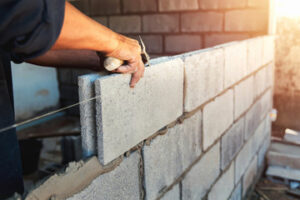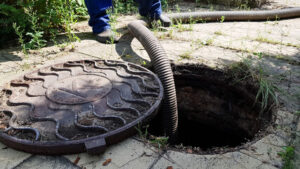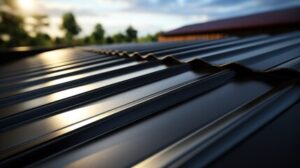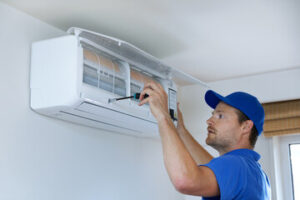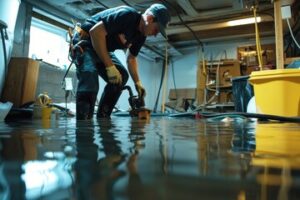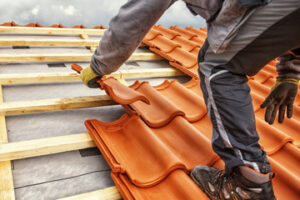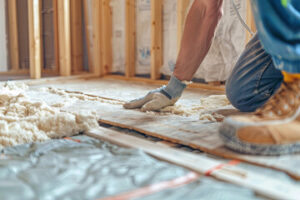Examine your deck and note any areas that need repair. Some issues are structural while others are cosmetic.
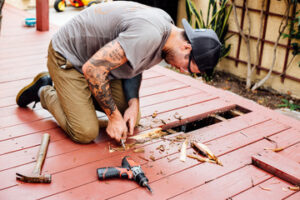
Replacing damaged boards is often a DIY job, but it’s important to use proper tools to avoid injury. This includes using a saw to remove boards without harming surrounding planks and using a circular saw to cut new boards. Contact Deck Repair Charleston SC for professional help.
Boards can break or get damaged in a variety of ways, from impact to just plain wear and tear. They are also prone to damage from the weather, like mold and mildew, rotting or fungus, and pests, such as termites. When a deck board is broken, it must be repaired or replaced as soon as possible to avoid further structural problems and safety hazards for anyone using the deck.
The most common type of surfboard break is called buckling and occurs when the foam collapses under the pressure of too much force. This usually happens on the rails of a surfboard but can happen anywhere on the board due to excessive force or an unfortunate collision with sand, reef, or other objects. The best way to prevent this type of break is to always carefully check your board before leaving it on a beach or putting it in a car or truck.
Another fairly common issue with surfboards is yellowing, which is when the resin and foam begin to degrade from exposure to UV rays over time. This is usually a cosmetic problem, but can cause more serious issues down the road if not addressed. The simplest solution is to store your board in cool, shaded areas when not in use.
Other common damage to boards is superficial cracks and chips, which can be caused by improper storage, excessive heat, or general ageing of the board. These are relatively easy to repair with some sanding and paint. More serious cracks, though, can be more problematic as they could allow water in and possibly lead to the dreaded delamination.
To fix cracked or chipped boards, sand the surface down and apply a coat of primer to prepare it for painting. Then, once the primer is dry, you can apply a few coats of outdoor quality acrylic latex or oil based paint to the new plank. This will help the board last a lot longer and keep it looking great. Be sure to sand between coats to remove any drips or runs.
Loose or Rotten Joists
Joists support the deck boards that make up the surface of your porch, so loose or rotten joists can pose a serious safety risk. The best way to spot joist damage is by conducting a visual inspection. But this can be challenging if your floors, ceilings, or crawl spaces cover the damaged joists. If a joist is damaged, you may see dark brown coloration on the wood or soft and crumbling wood. You may also notice fungus growth or a musty smell.
If you suspect a joist is rotted, you can probe the wood with a screwdriver to check for signs of moisture damage. If the wood feels soft and spongy, it’s likely that water damage has caused the joist to rot.
Wood rot is the result of a fungus that breaks down and consumes the cellulose and lignin in the wood. If the damage is not addressed, it can cause serious structural issues in your home. This type of rot can lead to collapsed ceilings and floors, and in some cases, it can compromise the foundation of your home.
There are two kinds of wood rot: wet and dry rot. Wet rot is the result of a joist being saturated with water, usually due to flooding or a serious plumbing leak. Dry rot is different because it happens when a joist absorbs moisture from the surrounding air. This can happen if there is high humidity, poor ventilation, or excessive condensation in the crawl space.
Once you’ve found a rotten joist, there are a few things you can do to repair the problem. You can replace the joist with a new one, or you can sister the joist by attaching another piece of timber to its underside. If you choose to replace the joist, it’s important that you use pressure-treated lumber so it can last longer.
If you’re going to sister a joist, be sure that the replacement timber is the same size and type as the existing one. It’s also a good idea to bolt the sister joist in place using heavy-duty anchoring bolts. This will help ensure the stability of the repaired area and prevent any future damage to the joists.
Damaged Railings or Stairs
When a railing is cracked or damaged, it’s a major safety issue. Even if the damage is minimal, it can cause someone to fall and get hurt. Stair railings should be inspected regularly to ensure that they’re secure and stable. If you find loose screws, rust, or other signs of damage, repair them immediately to avoid further problems. If a railing is severely damaged, it’s best to call in a professional. Repairing a broken railing requires specialized tools and welding or carpentry skills. Attempting to do this on your own can be dangerous, and it may worsen the problem.
Wooden stairs and railings are prone to rot, which can weaken them from the inside and cause them to crack or break. Check for signs of rot by pressing your thumb against the surface of the railing or stairs. If it feels soft or spongy, that’s a sign of rot, and it should be repaired immediately.
Metal stairs and railings are less prone to rot, but they still need regular cleaning and inspection to maintain their structural integrity. Check for signs of rust or corrosion, particularly on fasteners and brackets. Loose or rusted screws and nails can put your staircase or railing in danger of falling off, so it’s important to tighten them as needed.
Stairs and handrails are a vital safety feature, especially for people with mobility issues or balance problems. Make sure to keep them in good condition by resealing them or staining them annually. Choose a water-repellent sealer or stain that also offers UV protection to keep the color and durability of your staircase or handrails.
Stair rails and balusters should be inspected for looseness or damage, particularly those near doors or other areas that are frequently used. Loose or wobbly balusters can create a tripping hazard and lead to falls. Tightening or replacing bolts or screws can help, but if the railing is severely loose or damaged, it may need to be replaced entirely. A professional can assess the situation and recommend a long-term solution. Getting repairs done early can save you money, prevent injuries, and make your home look better. Whether you’re silencing a squeaky step or restoring a wobbly railing, the experts at Sherwood Lumber have the quality products and knowledge to help you with any deck repair project.
Water Damage
Water damage is a major problem that can cause mold, mildew and even rot in the wood. This will weaken the structure of your deck and could lead to collapse. A good rule of thumb is that a properly built deck should be able to support 40 pounds per square foot. If your deck has areas that are overloaded it may be time to invest in a new one.
The most common water damage to decks is caused by rainwater or snow melting that leaks through the siding and into the wood of the deck. The problem is exacerbated when the deck is not properly flashed or if the deck was built prior to a house being built.
Leaks around ports and hatches can also cause significant water damage to the interior of a deck. This can affect the structural integrity of a deck and even compromise seaworthiness in boats that have decks on them.
Stairs and railings are also important components to look for during a thorough deck inspection. Make sure steps and stringers are in good condition, and that all balusters and rungs are secure.
If they aren’t in good shape, the safety of your family and guests is at risk. Loose planks also create tripping hazards and are easier for water to penetrate through, leading to core rot. Professionals can help tighten up loose planks and re-fasten them to ensure the deck is safe and secure.
A rotting deck can also attract termites and carpenter ants, which will burrow into the wood and cause further damage. If left unaddressed, these pests can destroy entire deck structures and even affect the wall studs and sheathing of a home.
A well-maintained deck can provide hours of enjoyment for friends and family, but it’s crucial to check for potential problems regularly. If you’re not comfortable with the work, it’s recommended that you hire a professional to perform the necessary repairs. A full inspection should include checking for loose boards, rusty hardware, wobbly railings, mold or mildew, rotted out boards and beams, and water damage on the substructure of a deck.
